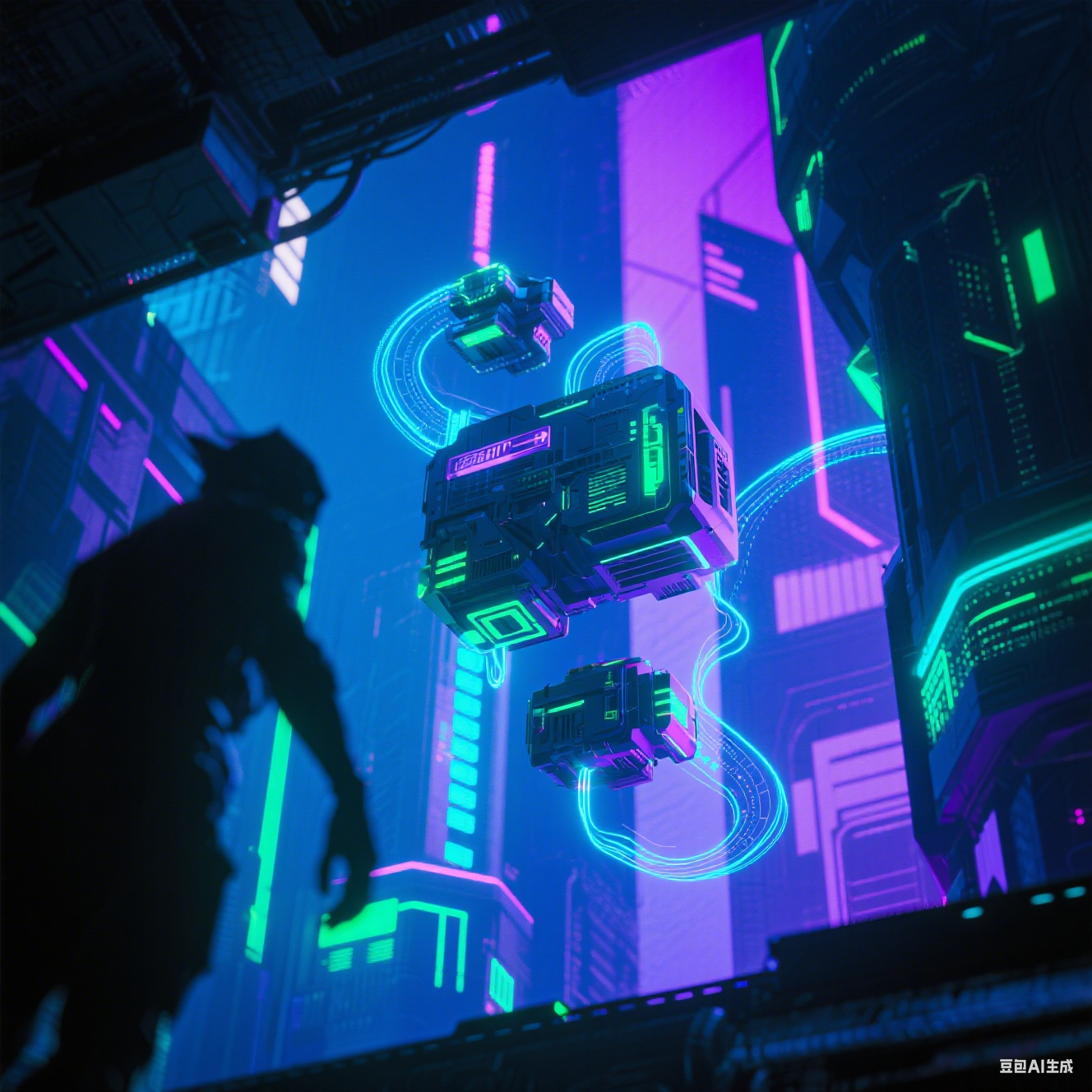The Metaverse, once a sci-fi trope, is now a $800 billion market (2023 forecast) and a paradigm shift in human existence. It transcends virtual worlds, fusing physical and digital spaces to redefine collaboration, creation, and even identity.
Technological Foundations
Three pillars underpin the Metaverse:
- Extended Reality (XR): VR/AR devices like Meta Quest Pro and Microsoft HoloLens 2 enable enterprise-grade immersion;
- Blockchain & NFTs: Decentraland’s tokenized economy creates verifiable ownership in virtual spaces;
- AI-Driven Content: NVIDIA’s Omniverse leverages generative AI to democratize 3D world-building.
Industry Disruptions
- Healthcare: Johns Hopkins’ Metaverse surgery simulations reduce training errors by 40%;
- Manufacturing: BMW’s digital twin factories cut R&D cycles by 30%;
- Governance: Seoul’s “Metaverse 120” platform allows citizens to handle administrative tasks as avatars.
Challenges Ahead
- Hardware Limitations: Real-time 4K rendering demands 20x current GPU performance;
- Governance Gaps: Virtual crimes and data sovereignty require cross-border legal frameworks.
The future Metaverse will likely split into industrial (collaboration-focused) and consumer (content-driven) ecosystems.

Leave a Reply